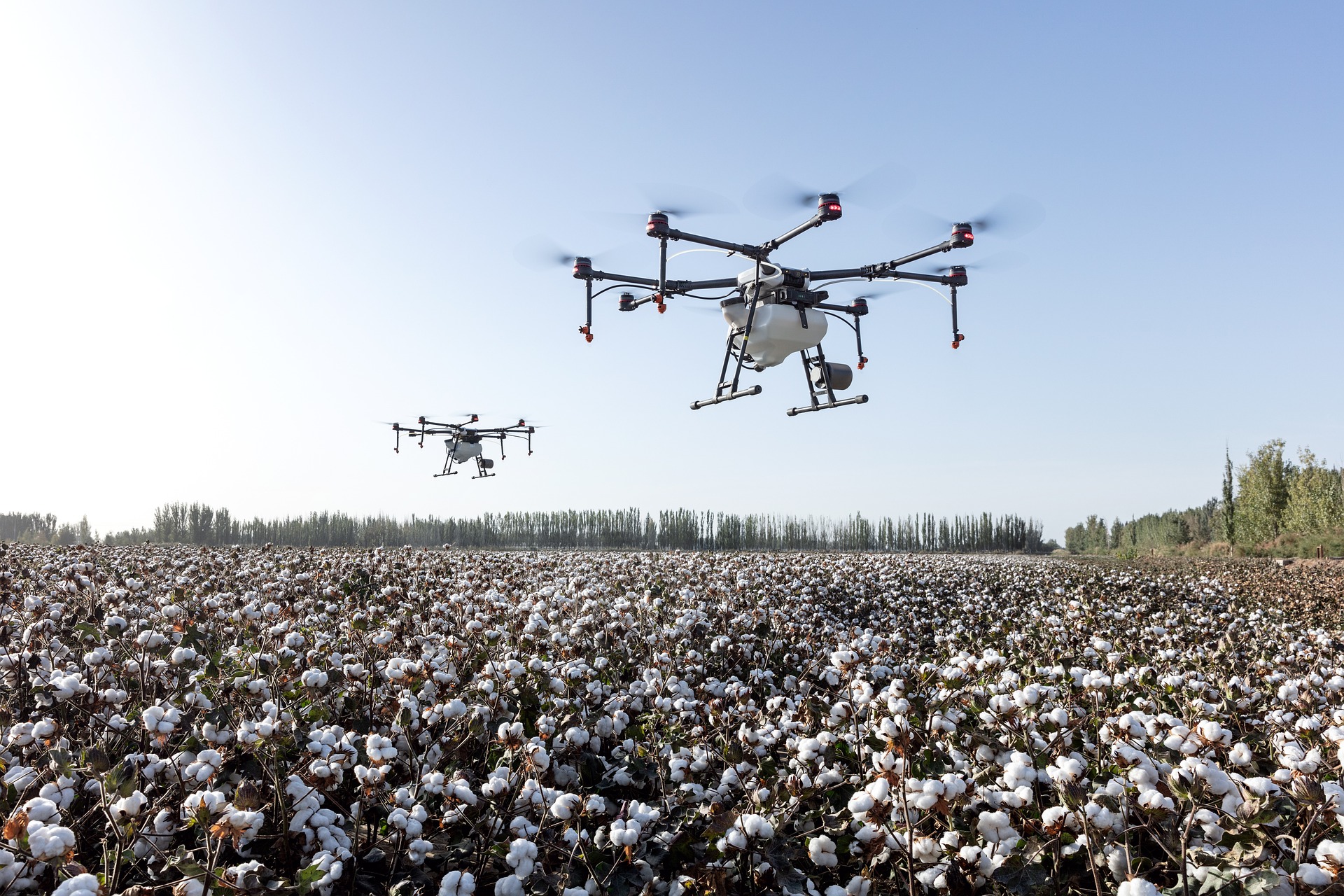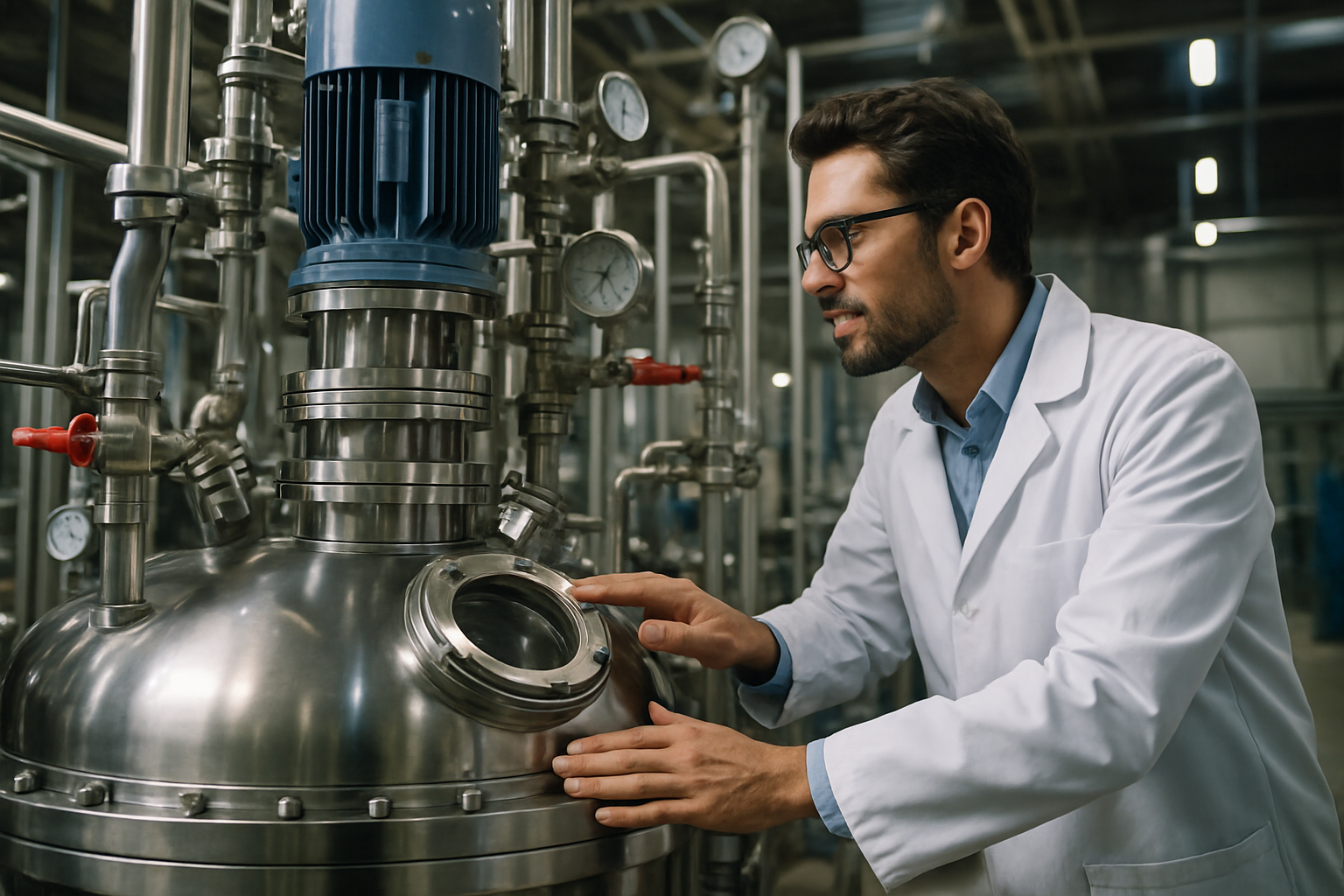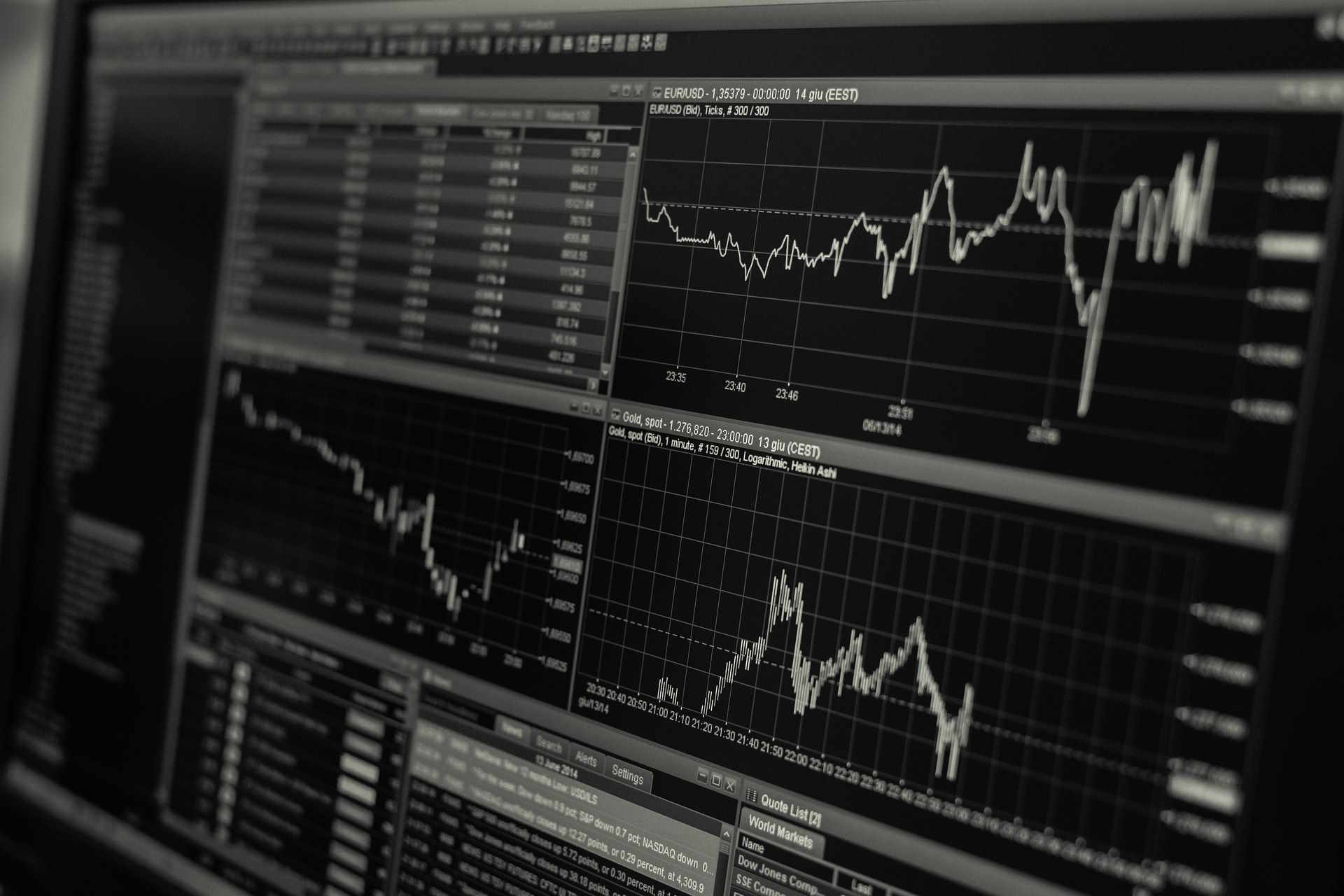Revolutionizing Farming: How Agricultural Drones Boost Crop Yields and Save Costs
Agricultural drones are transforming modern farming by providing farmers with precise aerial insights, efficient crop monitoring, and targeted spraying solutions. These drones help increase crop yields, reduce labor costs, and optimize the use of fertilizers and pesticides. With advancements in drone technology, farmers can now make data-driven decisions, detect crop diseases early, and maximize productivity while minimizing environmental impact.
What are the key features of modern agricultural drones?
Modern agricultural drones are equipped with a range of sophisticated features that make them invaluable tools for farmers. High-resolution cameras and multispectral sensors allow these drones to capture detailed images of crops, revealing information about plant health, pest infestations, and nutrient deficiencies that may not be visible to the naked eye. GPS technology enables precise navigation and mapping, while advanced software processes the collected data to generate actionable insights.
Many agricultural drones also feature variable-rate application systems, allowing for targeted spraying of fertilizers, pesticides, or water. This precision reduces waste and minimizes environmental impact. Additionally, some models are equipped with thermal imaging cameras that can detect variations in crop temperature, helping farmers identify irrigation issues or potential disease outbreaks early on.
How do drones benefit farming operations?
The benefits of using drones in farming operations are numerous and far-reaching. Firstly, drones provide farmers with a comprehensive and real-time view of their fields, allowing them to identify problems quickly and take corrective action. This early detection of issues such as pest infestations, nutrient deficiencies, or irrigation problems can prevent crop losses and improve overall yield.
Secondly, the precision application capabilities of drones lead to more efficient use of resources. By applying inputs only where and when they are needed, farmers can reduce the amount of fertilizers, pesticides, and water used, resulting in cost savings and environmental benefits. This targeted approach also helps minimize chemical runoff and soil compaction.
Furthermore, drones save farmers valuable time and labor. Tasks that once took days to complete on foot or with traditional machinery can now be accomplished in hours with a drone. This efficiency allows farmers to cover larger areas more frequently, ensuring better crop management throughout the growing season.
What are the cost-saving implications of using agricultural drones?
The adoption of agricultural drones can lead to significant cost savings for farmers. While the initial investment in drone technology may seem substantial, the long-term benefits often outweigh the upfront costs. By optimizing input use, drones help reduce expenses on fertilizers, pesticides, and water. The precise application of these resources not only cuts down on waste but also improves crop health and yield, potentially increasing revenue.
Labor costs are another area where drones can provide savings. By automating tasks such as crop scouting and mapping, drones reduce the need for manual labor, allowing farmers to allocate their workforce more efficiently. Additionally, the early detection of crop issues enabled by drone technology can prevent costly crop losses, further contributing to overall farm profitability.
How do agricultural drones improve crop yields?
Agricultural drones play a crucial role in improving crop yields through various mechanisms. The detailed crop health data provided by drones allows farmers to make informed decisions about crop management. By identifying areas of stress or underperformance early, farmers can implement targeted interventions to improve plant health and productivity.
The precision agriculture techniques enabled by drones, such as variable-rate application of inputs, ensure that each plant receives the optimal amount of nutrients and protection. This tailored approach leads to more uniform crop growth and higher overall yields. Moreover, the ability to monitor crops frequently and consistently throughout the growing season allows farmers to fine-tune their management practices, responding quickly to changing conditions and maximizing yield potential.
How to choose the right agricultural drone for your farm?
Selecting the appropriate agricultural drone depends on several factors, including farm size, crop types, and specific needs. When choosing a drone, consider the following aspects:
-
Flight time and coverage area: Larger farms may require drones with longer battery life and greater range.
-
Sensor types: Different crops and applications may benefit from specific sensors, such as multispectral or thermal imaging.
-
Payload capacity: If you plan to use the drone for spraying, ensure it can carry the necessary amount of inputs.
-
Software integration: Look for drones that offer user-friendly software for data analysis and integration with your existing farm management systems.
-
Durability and weather resistance: Agricultural drones should be able to withstand various weather conditions and rugged farm environments.
| Drone Model | Key Features | Estimated Cost |
|---|---|---|
| DJI Agras T30 | 30L spraying capacity, omnidirectional radar | $15,000 - $20,000 |
| Sentera PHX | Fixed-wing design, 59-minute flight time | $10,000 - $15,000 |
| Parrot Bluegrass Fields | Multispectral sensor, easy to use | $5,000 - $7,000 |
| AgEagle eBee SQ | RTK/PPK capabilities, 55-minute flight time | $10,000 - $12,000 |
Prices, rates, or cost estimates mentioned in this article are based on the latest available information but may change over time. Independent research is advised before making financial decisions.
The integration of agricultural drones into farming operations represents a significant leap forward in precision agriculture. By providing farmers with detailed, actionable data and enabling targeted interventions, these unmanned aerial vehicles are helping to increase crop yields, reduce input costs, and promote more sustainable farming practices. As drone technology continues to advance and become more accessible, its role in revolutionizing agriculture is likely to grow, offering farmers powerful tools to meet the challenges of feeding a growing global population while minimizing environmental impact.





